It’s good to know,
As the north winds blow,
That there’s plenty of eau,
And the eau is chaud.
Category Archives: Travel
Ode to a blustery winter campsite in the Dordogne
Tree-couleurs
I’m in the valley of the Vézère river, just north of the Dordogne. It’s been raining almost all day, but the moisture really adds vibrance to the splendid colours of the trees.
Fangorn
We met some local residents…
No, really! I’m very ferocious too!
Then we had a final brief pause in the rain, just in time for a dog-walk just before sunset.
Tout va bien ici. Pour moi, at least
Tilly (my spaniel) and I are in a very nice restaurant not far from Perigueux. We’re the only ones here, having walked over from the campervan, which is parked in an almost-empty campsite. Over the last couple of days, we’ve visited many very pretty villages, where almost everything has been closed. Not a petit-déjeuner or a café-au-lait to be had anywhere.
Now, I presumed this was just because of the time of year and because temperatures have been below zero for several days, only creeping above it today in order to allow for a steady rain.
But the proprietor doesn’t blame the climate, he blames the ‘gilets jaunes’. Normally, he says, there are visitors, including English and Germans, throughout the year. But they’ve seen the news, and they’re staying away. “Bordeaux aujourd’hui…”, he says, “c’est une catastrophe”.
I’ve seen a few protestors. At Dieppe on Weds, they were stopping all the lorries at several roundabouts, but I was always waved through with a cheery smile. Near Limoges today, they seemed just to be acting as traffic policemen, directing the traffic to make their presence felt. The only things I’ve seen burning were needed to warm frozen fingers.
Away from the big cities, I’ve seen nothing except the most mild expressions of discontent, like this decoration of a hydrant in a small farming village:

Roughly translated, it says, “”Father Christmas’s sleigh runs on diesel.. a too-expensive fuel. No presents this year.”
So, no, this probably wouldn’t have been the week to visit any big cities. But in the countryside, visitors are currently a scarce resource and so are particularly welcome. If there’s anybody still around to do the welcoming, that is..
Linced-In
We went to Lincolnshire last weekend. When I told some friends of our plans beforehand, they said, “Lincolnshire? Really? For a whole weekend?”, or words to that effect. And I must confess to being somewhat apprehensive myself, though we had visited Lincoln itself before and knew that to be a lovely city.
But there’s lots of good stuff in Lincolnshire.
They have some very impressive churches, for one thing. In addition to Lincoln Cathedral (above), we visited Boston, from where some people once set sail to found a colony in Massachusetts.
Boston’s name comes from “Botolph’s Town”, and the church of St Botolph is almost a cathedral itself.
It’s been informally known as the ‘Boston Stump‘ for the last, oh, seven hundred years or so, a name which hardly conveys the fact that it’s really awfully tall. We can assert this, having climbed it, via a very narrow staircase. They let us in at the bottom and shut the door behind us; the only way was up…
Emerging at the top, you can walk around the rather narrow walkway with a lowish handrail, before descending via a second similar staircase.
A fun and very memorable experience, but definitely not recommended for those suffering from corpulence, claustrophobia, or vertigo!
Lincoln itself is built on quite a steep hill, but much of the county is very flat, so Lincolnshire’s drainage ditches are almost as impressive as its churches.
There are lots of marvellous windmills, used both for pumping and for corn-grinding.
And here’s another cool thing you don’t find in every county: a bubble-car museum!
We visited a lovely beach at Huttoft, as the sun was setting.
Tilly did feel, however, that they had rather too many seagulls, so did her best to rectify that problem.
We stayed at “Long Acres“, a delightful and well-run campsite which suffers only from not being very close to most of the major attractions. As a result it’s very peaceful, especially at this time of the year. And if you enjoy looking at bubble-cars as much as we do, they at least are not far away!
I haven’t talked about the quaint teashop we visited in the pretty village of Tealby, or The Usher Gallery in Lincoln, or the Sibsey Trader Windill… But all in all, we had a very enjoyable weekend in our trusty campervan.
A Man with a Van
A few months ago, we made our biggest and most expensive purchase ever (excluding houses, that is). And yet, it is almost a house, sort of, in a small way…
We bought a campervan. Or, to be more precise, we bought a three-year-old Bilbo’s Nexa, based on a long wheelbase VW T5 Transporter.
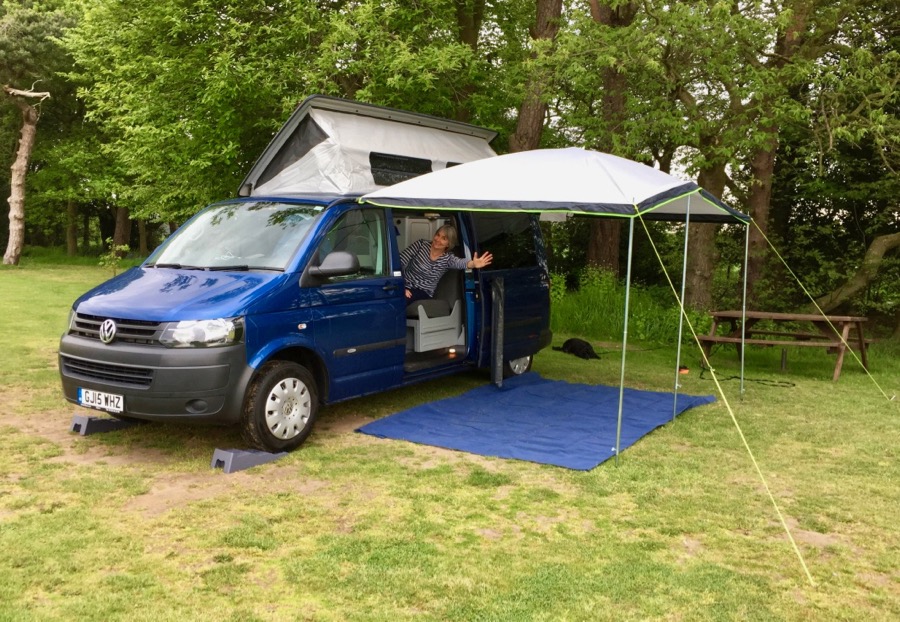
This is something we’d considered for some time. We had borrowed a friend’s (rather larger) van for a few long weekends, and we had also rented a smaller one for four nights in the spring. On each occasion, we joked about the luxury Bed & Breakfast establishments we were driving past in order to go and stay in a field! On the other hand, we came back from each one having had an enjoyable adventure, and having seen the world from slightly different angles than we would otherwise have done.
Another reason for initial hesitation, of course, is that these things are terrifyingly expensive, especially if you get one that’s even vaguely new. The small vans based on the VW Transporters command a particular premium, partly because it’s such a good base vehicle, partly because the builders have to work harder to pack everything inside, and partly because it can also double-up as your everyday vehicle if you need it to. (At just under 2 metres tall, for example, these can be driven into almost any car park, including multi-storey ones.) The only thing that allowed us to consider such an extravagant purchase is the fact that they depreciate more slowly than almost any other vehicle you can buy. After a few years you can sell one for almost as much as you paid for it, especially if it’s from a respected company, and, in the UK, Bilbo’s have been doing these van conversions successfully for more than four decades.
I suspect that half our friends think we’re mad and the other half are envious. But if this isn’t a mode of transport you’ve tried or even considered, I should explain that there are almost as many different ways of approaching campervanning as there are people doing it.
For some, it’s a way of entertaining the kids by getting them out of a crowded city suburb, so they head for the big campsites where it’s easy to park large vans near to tumble dryers, playgrounds, and sometimes even swimming pools.
In our case, we usually want the opposite: a key thing we’re looking for is peace and quiet. This means that we tend to aim for smaller sites, typically with fewer than 10 pitches; a few of them are even adult-only.
The trade-off is that these tend to have fewer facilities; some are little more than a field with a tap and some electric hook-up points. We do have a portable loo in the van, with a fine loo tent we can pitch when needed, and it turns out that these have been refined over the years to be really quite civilised; it hasn’t been an issue for us at all. But a good shower is definitely nice to have, and vans the size of ours don’t come equipped with such things. So we tend to make sure, when on the road, that we stay somewhere with showers at least every other night!
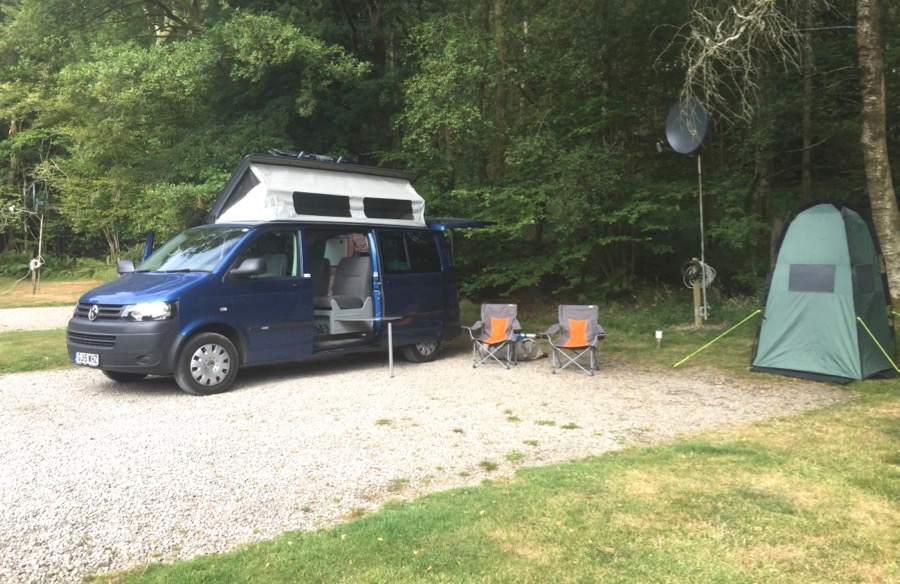
In the UK, these small sites are known as Certificated Sites (or Certificated Locations), if they’re inspected periodically by one of the two big clubs, but there are many independent ones too, and there are thousands to choose from, so finding one you like is not too hard. We’ve passed through some that were fine as a one night stop but that we wouldn’t particularly choose to revisit, and others where we’ve had a delightful time, and have already returned to more than once, even in the limited time we’ve been doing this.
The big sites can also be fine – a favourite of ours is the Camping Club one at Sandringham – but we’ve only stayed there out of season and out of school holidays, when there are large areas of empty space (and often clusters of trees) between you and the next occupant, and yet just a short grassy stroll to plentiful showers and dishwashing facilities.
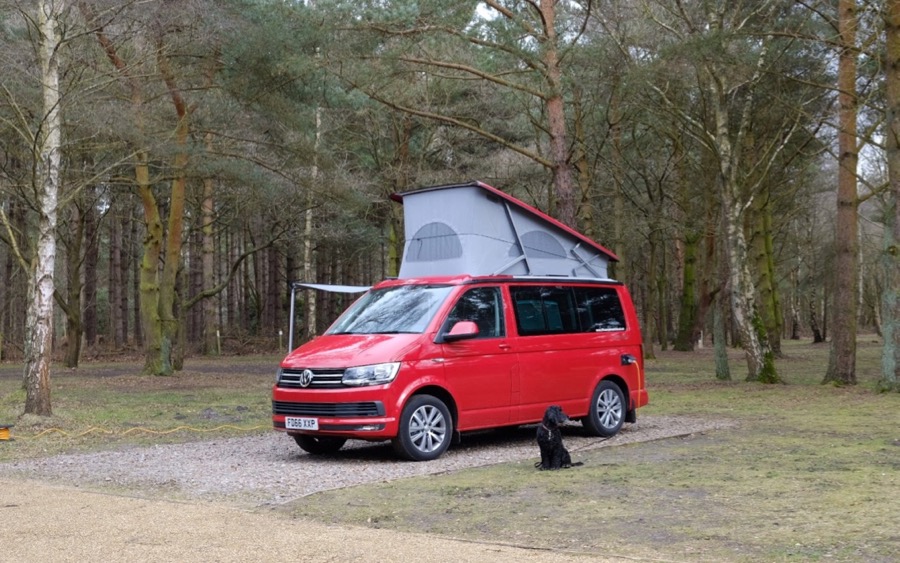
For those who say that it’s not real camping, I would agree, but I also enjoy the fact that we can pitch up, pull fresh milk from our fridge and be enjoying a cup of tea while we they’re still unpacking their tent-poles. For those who wonder why we don’t get a bigger and more comfortable van (which we could easily do for the same price), I would point out that our aim at present is exploration more than relaxation: we want to get to our location and be able to drive around the local sites without worrying about parking spaces, height barriers, low tree branches etc.
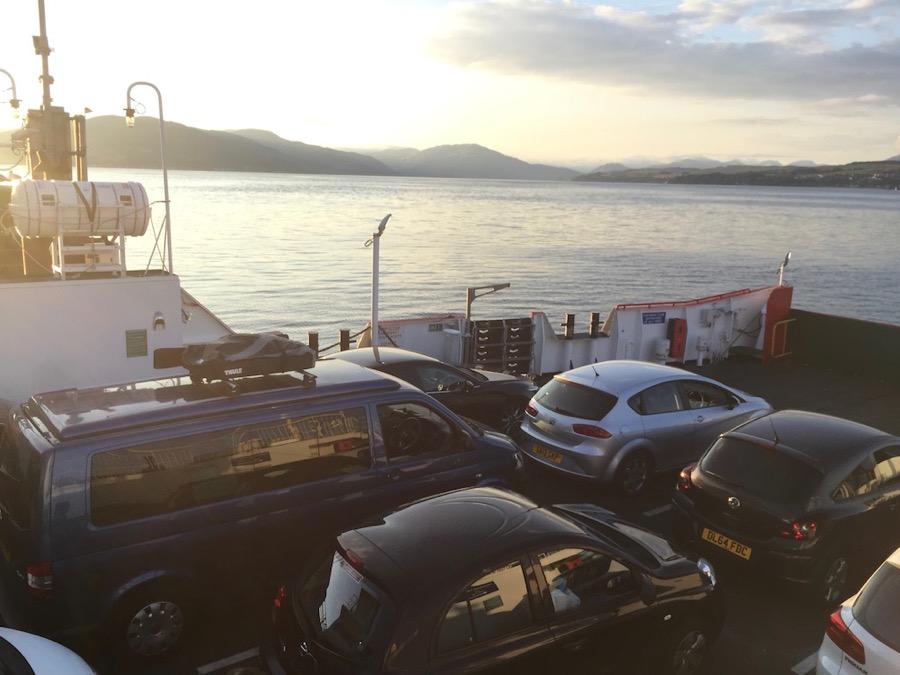
We’ve just come back from a wonderful two-week trip which took us up the west coast of England and Scotland to spend a few nights staying with friends near Arisaig, and then back down the east coast visiting places like Lindisfarne (Holy Island). Here we are on the causeway out to the island, on one of the two damp days we had on the whole trip:
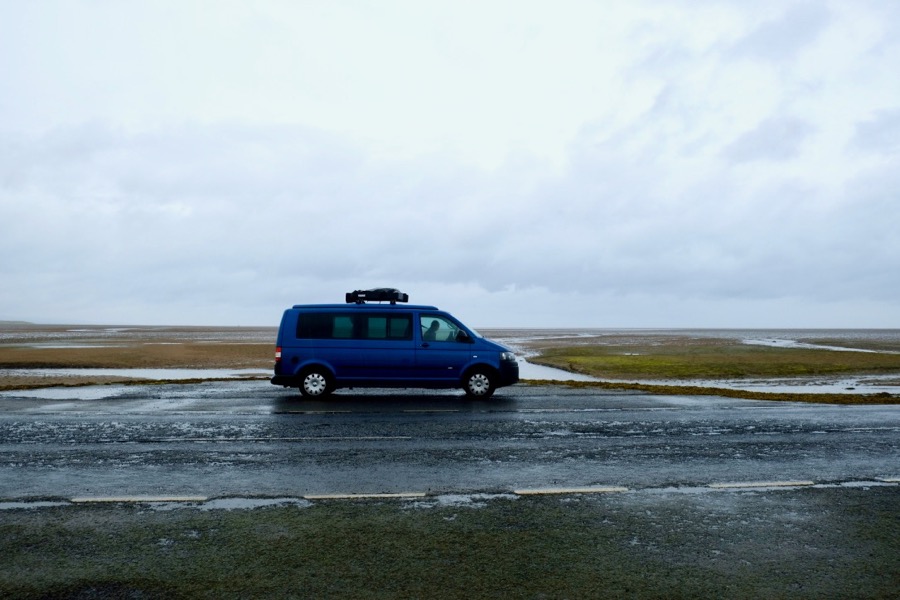
(This road is underwater at high tide, so you need to time your visits carefully.)
In general, though, I expect most of our trips will be of shorter duration. For me, part of the fun is just having a vehicle with a fridge, table and gas hob in it, so that you can have lunch almost anywhere you find a good view.
This is a small car park on the shores of Lake Windermere – we had just come back from a swim: it’s a changing-room too!
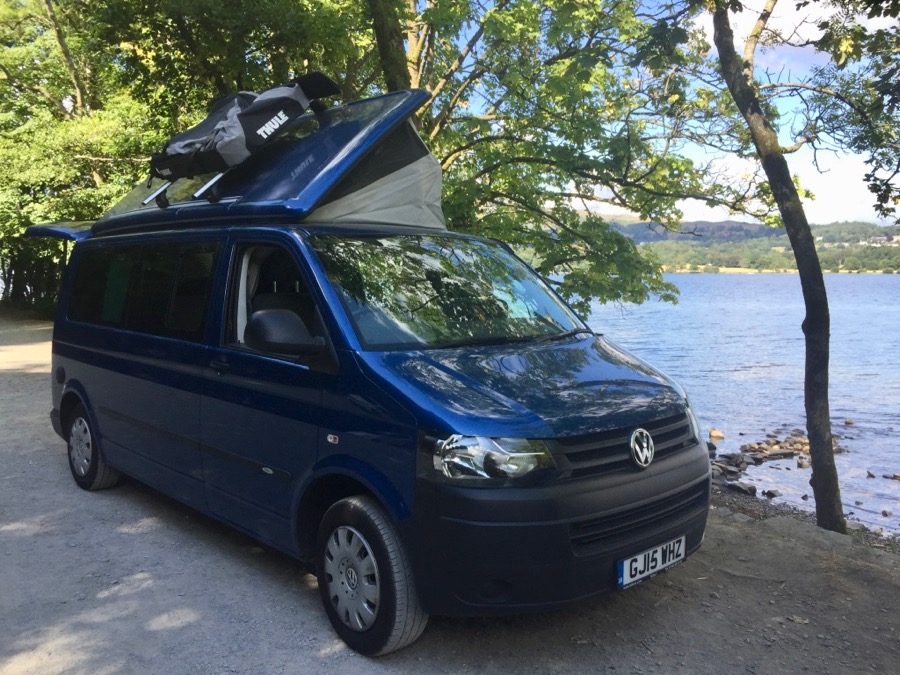
I’ve no idea whether this will be a lifelong obsession, or just something we enjoy for a couple of years before going back to luxury B&Bs 🙂 But it’s fun at the moment!
Update after a few months: I’ve also now made a list of some of the accessories we’ve found to work particularly well for us; you can find it here.
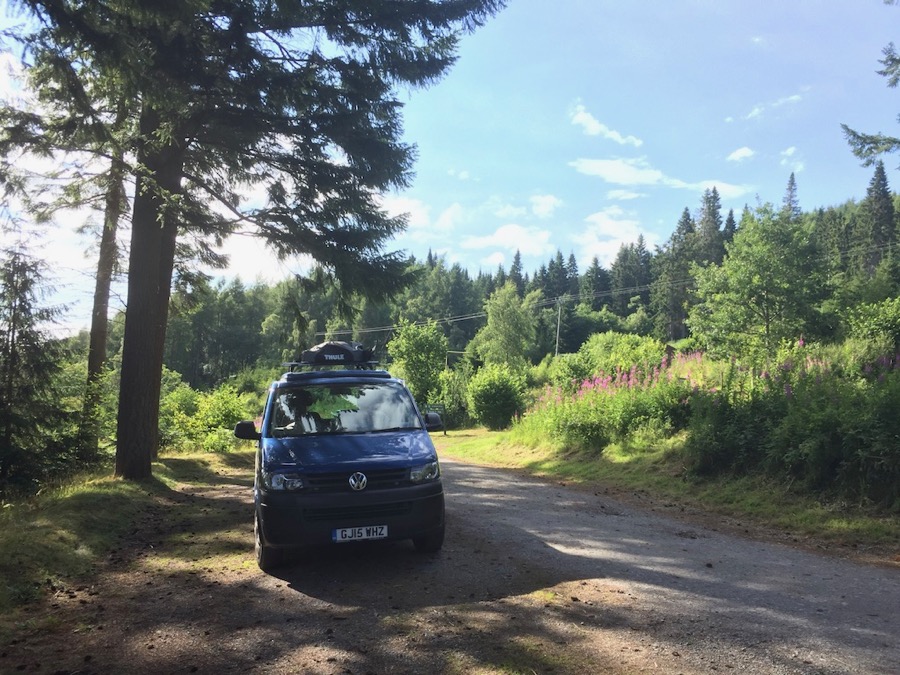
The least autonomous cars?
Since my last post was about the most high-tech cars around, let’s go to the other extreme (well, almost), and look at the earlier days of automotive user interfaces. This, for example, is a handy guide for drivers of the Model T Ford, showing how you should adjust the throttle, and advance the ignition, based on what you want to achieve.
Kids these days have probably never seen a manual choke, let alone a manual ignition advance! (If you want to know what an ignition advance lever is and why you might need one, Wikipedia will tell you). Now, to be honest, I don’t think I’ve ever had to use one either, but I’ve ridden in cars where the driver did.
 I’ve never actually ridden in a Model T, though I’ve sat in one, in Henry Ford’s garage, no less. But if you should ever find yourself in the driving seat, don’t assume that the three pedals and the handbrake-like lever will do what you expect.
I’ve never actually ridden in a Model T, though I’ve sat in one, in Henry Ford’s garage, no less. But if you should ever find yourself in the driving seat, don’t assume that the three pedals and the handbrake-like lever will do what you expect.
Here’s a nice demonstration to show you the basics:
Stormriders
I’m in a lovely but slightly moist campsite in Norfolk. The climatic conditions are, I must admit, mitigated for us by the simply splendid heating system built into the campervan we’ve rented for a few days. We’re not really ‘roughing it’!
Anyway, inside the facilities block, where I’ve just been doing the washing up, there’s a large motto printed on the wall.
Life isn’t about waiting for the storm to pass.
It’s about learning to dance in the rain.
Yes. Amen to that!
Speedy boarding?
Elon Musk’s latest rocket concept – the ‘BFR’ – would take you anywhere in the world in under an hour, and most destinations in about 30 mins.
Oh, that’s plus, presumably, three hours for check-in, security and passport control. And another for baggage collection and immigration when you get there…
However, if he can fix that – i.e. sort out the airports too – then going to Mars should be easy in comparison…
Head case
Prof. Guglielmo Tamburrini posed an interesting question in a talk this afternoon. Imagine a self-driving car faced with the option of having to hit one of two motorcyclists. One is wearing a helmet, and the other isn’t. Should it aim for the helmet-wearing guy, to reduce the risk of loss of life?
Philosophers must be having a field day with this stuff. They’re being invited to comment on the latest in sexy new technologies in a way that doesn’t happen very often. (Douglas Adams fans may remember Majikthise & Vroomfondel.) Much of the ethical discussion relating to autonomous vehicles, though, boils down to variations on the Trolley Problem, and the key thing about this — the thing that makes it an interesting ethical conundrum in the first place — is that there is no right answer. If deployment of the railways had required the Trolley Problem to be solved first, we would still be using horse-drawn carts.
The question is not, ‘What should a car do in this situation?’, but ‘How do we get to a point where society is comfortable that we’ve had enough discussion about this?’ Or, more precisely, ‘How do we get to a point where a large enough fraction of society is comfortable, that a party proposing to allow such vehicles on our roads would be elected to government?’
Many technologies, historically, have first been used, and then later have had restrictions placed upon them to reduce the risks which are discovered, with experience, to be the key ones: motorcyclists needing helmets, cars needing seat-belts, pilots needing licences, smokers needing to go outside.
What I presume will happen here is that societies who are less risk-averse will go ahead with greater degrees of autonomous driving, and the more conservative nations will watch with interest until they can amass enough vicarious experience to follow in their footsteps.
I imagine, however, that in 50 years’ time, we’ll still be debating the motorcycle question raised above. By then, though, it will be even more hypothetical, since we’ll have long-since banned motorcycles.
© Copyright Quentin Stafford-Fraser
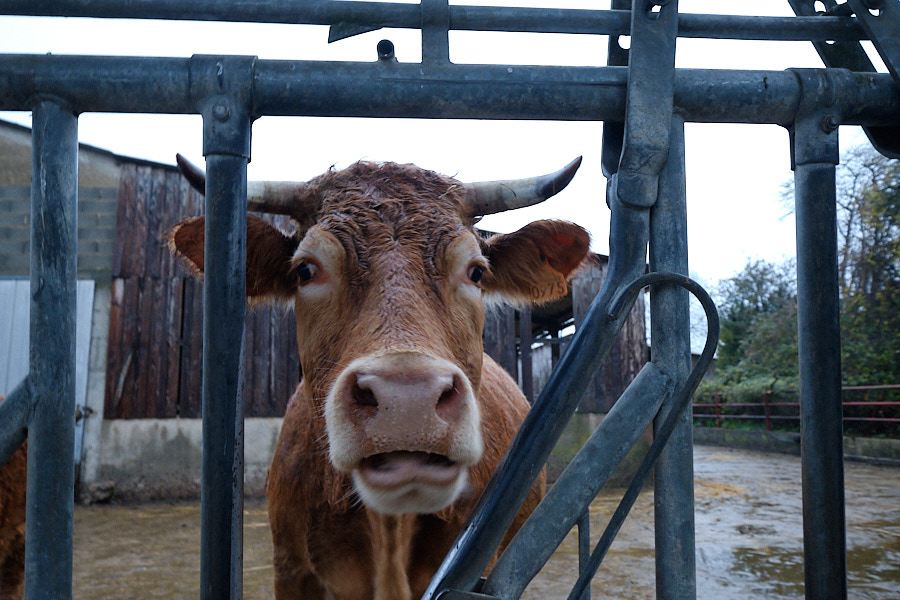

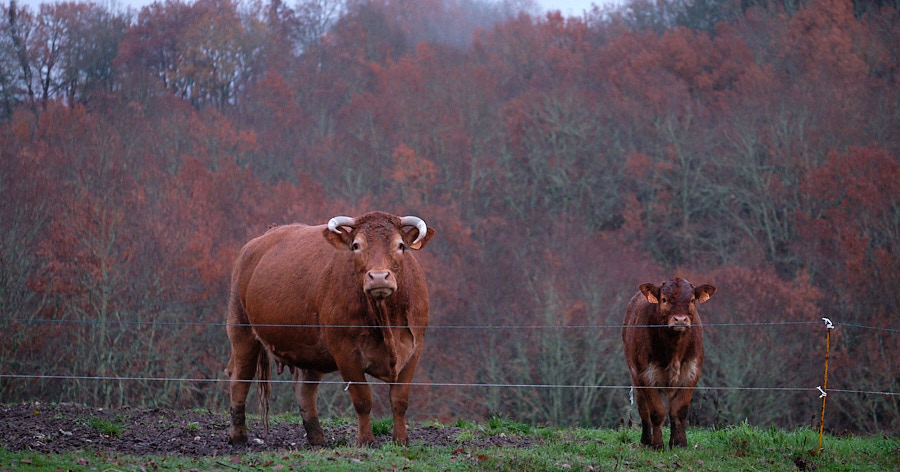

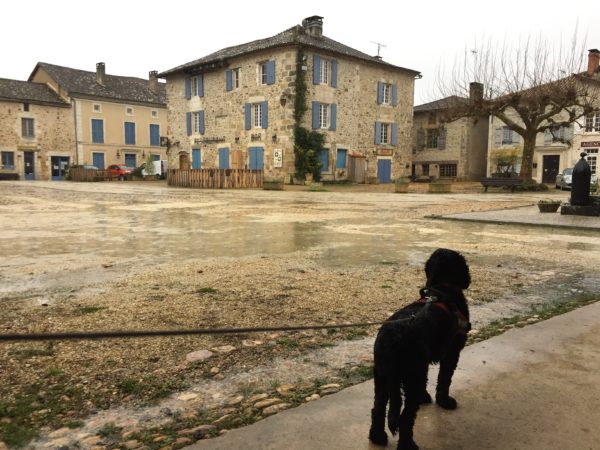



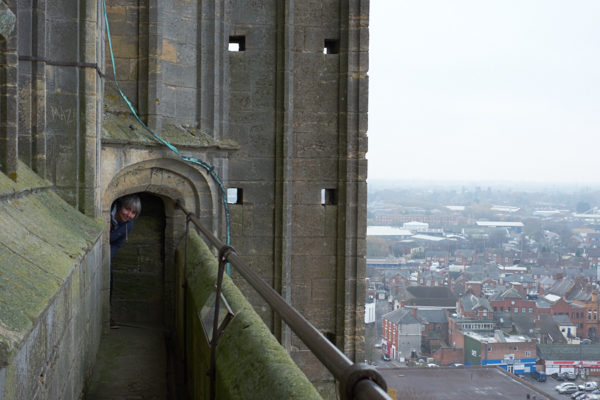


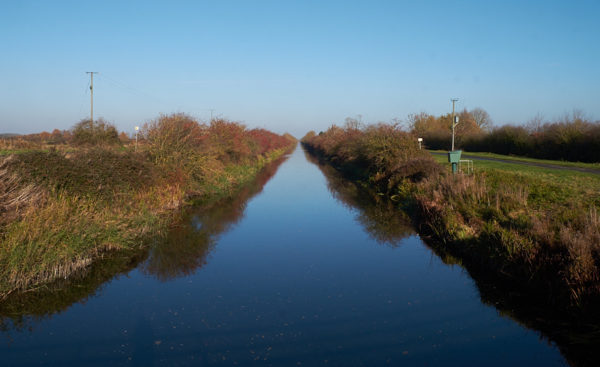
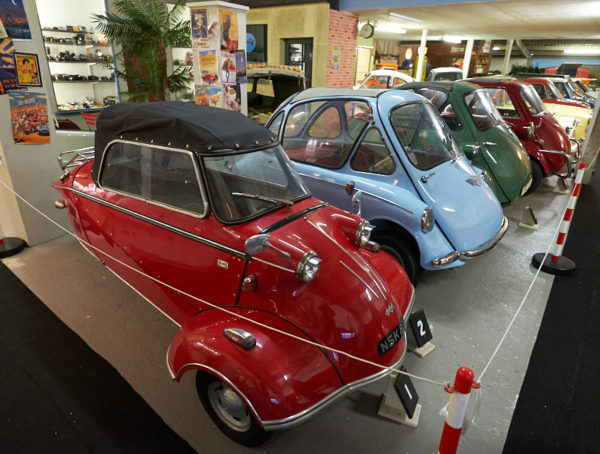
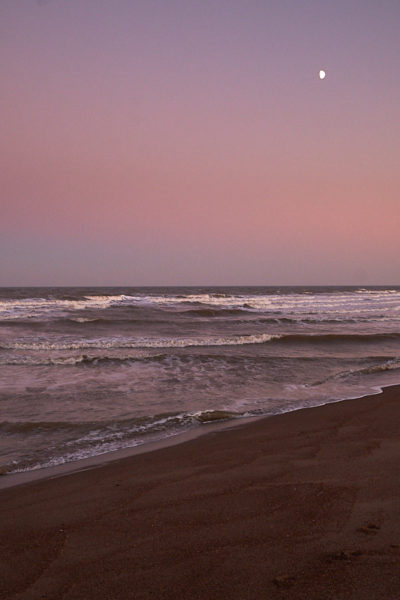
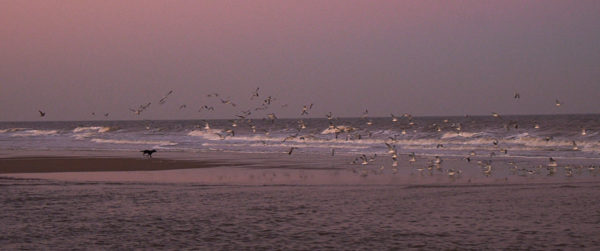

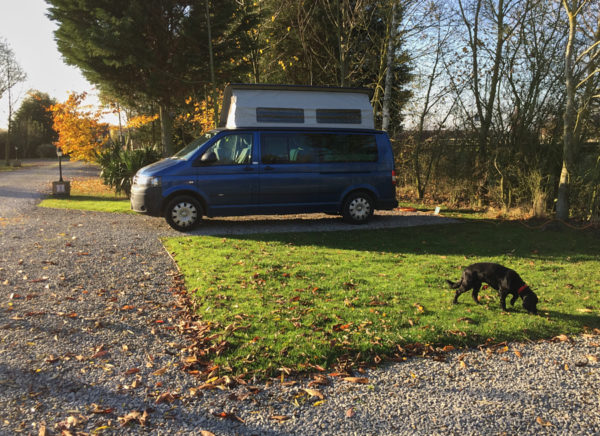
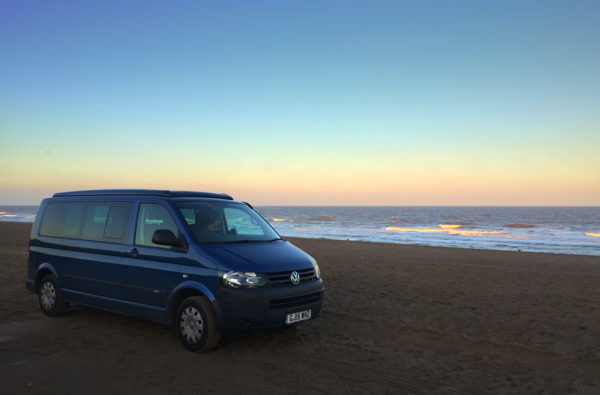
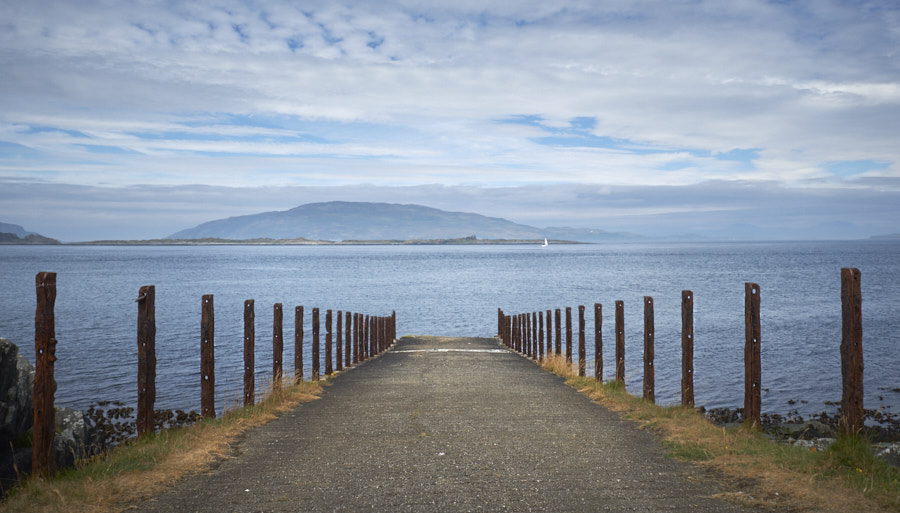
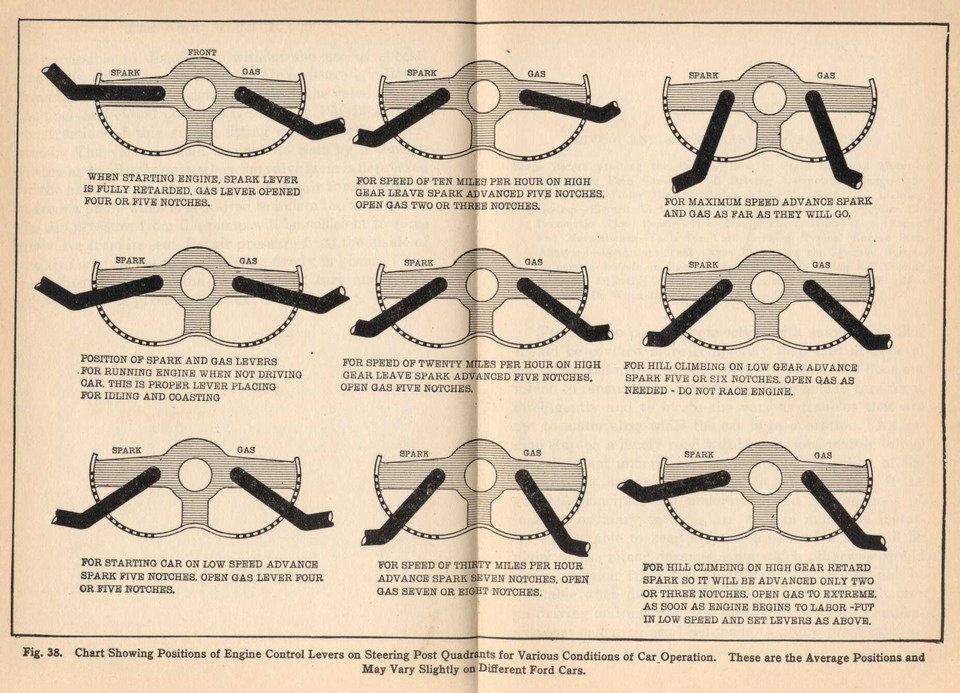
 This is a brilliant idea. Take the world and divide it into 3m squares. Then, given a modest vocabulary, you can label each square using just three words.
This is a brilliant idea. Take the world and divide it into 3m squares. Then, given a modest vocabulary, you can label each square using just three words.
Recent Comments